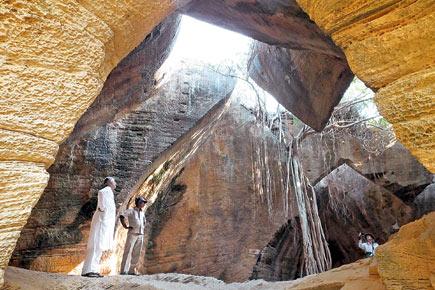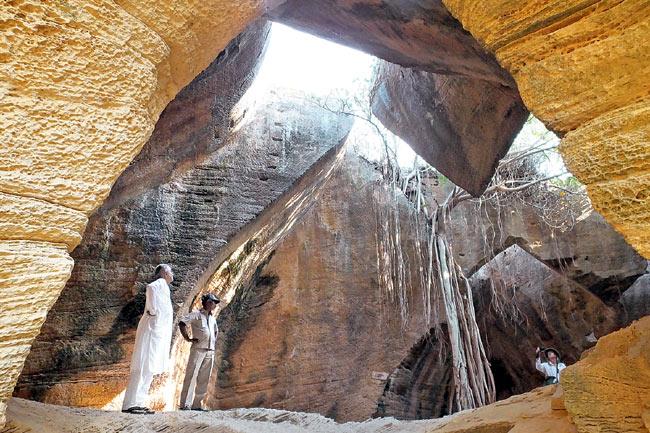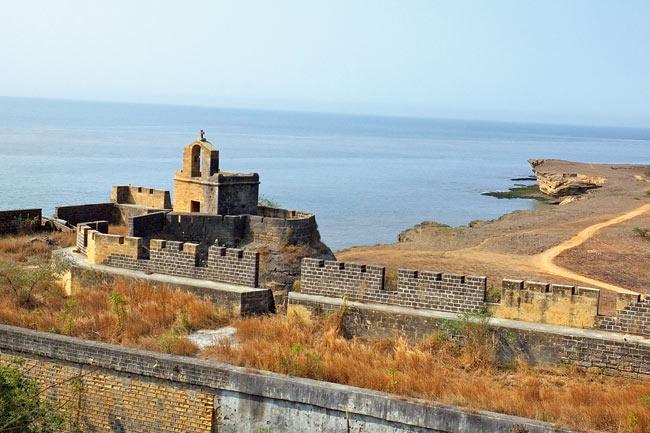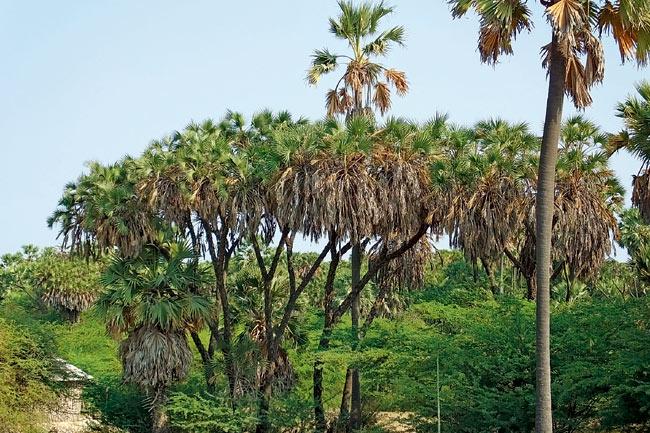From its Portuguese flavour to its historic landmarks, natural wonders, clean shoreline and a languid pace, Diu offers a heady mix of culture and calm to the intrepid traveller

Quiet places seem to beckon whenever one needs to take a break from the chaotic urban existence. The scenic Union Territory of Diu, off the Gujarat coast, offers this in good measure. Separated by a long narrow channel, the island remained a Portuguese colony until 1961, after which it joined the Indian Union.
 Naida Caves in Diu are a fascinating section of underground labyrinths of open-air caves. Pic courtesy/Urmi Popat
Naida Caves in Diu are a fascinating section of underground labyrinths of open-air caves. Pic courtesy/Urmi Popat
ADVERTISEMENT
Why Diu?
Diu is just what one was looking for — non-commercial, safe and completely laidback. There are no rave parties or chic beachside bars. But it is ideal for long walks, with parks and beaches to relax at. After checking into a resort alongside the Nagoa Beach, we headed to the shore — one of the biggest attractions of Diu. It’s calming to tread on the soft, clean sand, watching the waves of the Arabian Sea caress one’s feet. The branching palms, known as the Hoka trees, brought by the Portuguese from Africa, offer a mesmeric welcome to the visitors.

The Diu Fort that faces the shore was built in 1535 to withstand any siege
For a place that thrives on tourism and fishing harbours, the slow pace, even in peak season, coupled with good-value accommodation makes it a must-visit. Diu is no secret to the young crowd of Gujarat, as alcohol is legal here. With minimum traffic and excellent roads, it is one of the safest places that this intrepid traveller has come across in India.

Diu’s clean beach is not packed with tourists
Portuguese stamp
This tiny island is immersed in Portuguese history, and boasts of colourful houses lined along the streets and some major architectural landmarks, which include three churches and a fort. St Paul’s Church is said to be one of the most elaborate of all Portuguese churches in India with equally interesting interiors and exterior façades.
Another appealing huge white walled edifice close to the St Paul’s is that of the St Thomas Church, which has been converted into a museum that houses antique statues. The third church, which is still in use for offering prayers, has its cloister converted into the city hospital.

Hokka trees (Hyphaene Indica) are branching palms that were brought to this part by the Portuguese who ruled here
The Diu Fort facing the shoreline was built in 1535 by the Portuguese, and had two ditches with crocodiles and double gateways to protect its ramparts. Complete with bastions, a Governor’s Palace, stone cisterns, cannons, barracks for garrisons and a lighthouse with a splendid view, the fort was constructed to withstand any siege. Even today, it’s a must-visit on tourist itineraries; interestingly, a part of this citadel houses the Diu jail.
Chill zone
The afternoon nap is a custom of the Portuguese that is still practiced by Diu’s citizens. So, don’t be surprised to notice a sense of quiet pervade the afternoons.

The Shiv-lingas inside the Gangeshwar temple are believed to have a link with the Pandavas. PICS COURTESY/URMI POPAT
All of Diu is an explorer’s paradise. Another discovery was the Naida Caves; it turned out to be a visual delight. It’s one of the most beautiful underground labyrinths of open-air caves that one has come across years of travel.
The next morning as Diu awakened, albeit slowly from its sleep, we headed to pay reverence at the Gangeshwar temple.

St Paul’s Church offers an example of Portuguese architecture in Diu and has a gorgeous facade
We expected a stone and concrete temple. But a surprise was in store. A short, colourful stairway led to a sea cave and in the cave were five Shiv-lingas, believed to have been worshipped by the Pandavas during their exile. Water from the sea gushes in and bathes the Lingas, making for a fascinatingly divine experience.
The island of Diu also has one of the world’s biggest collections of seashells at the Shell Museum, and a small bird sanctuary where you can spot beautiful migratory birds. A complete escape for the body and soul, clearly.
 Subscribe today by clicking the link and stay updated with the latest news!" Click here!
Subscribe today by clicking the link and stay updated with the latest news!" Click here!







